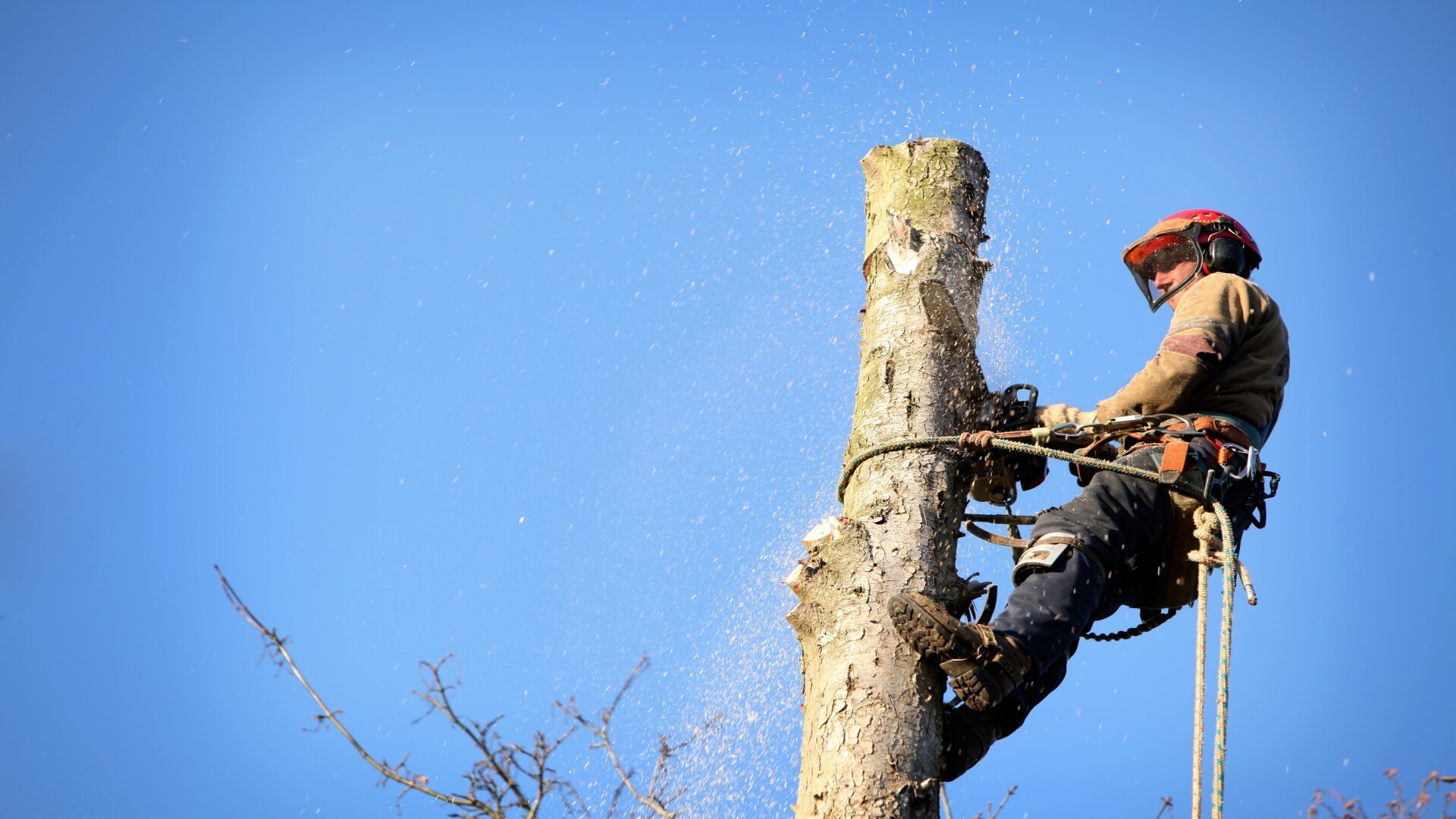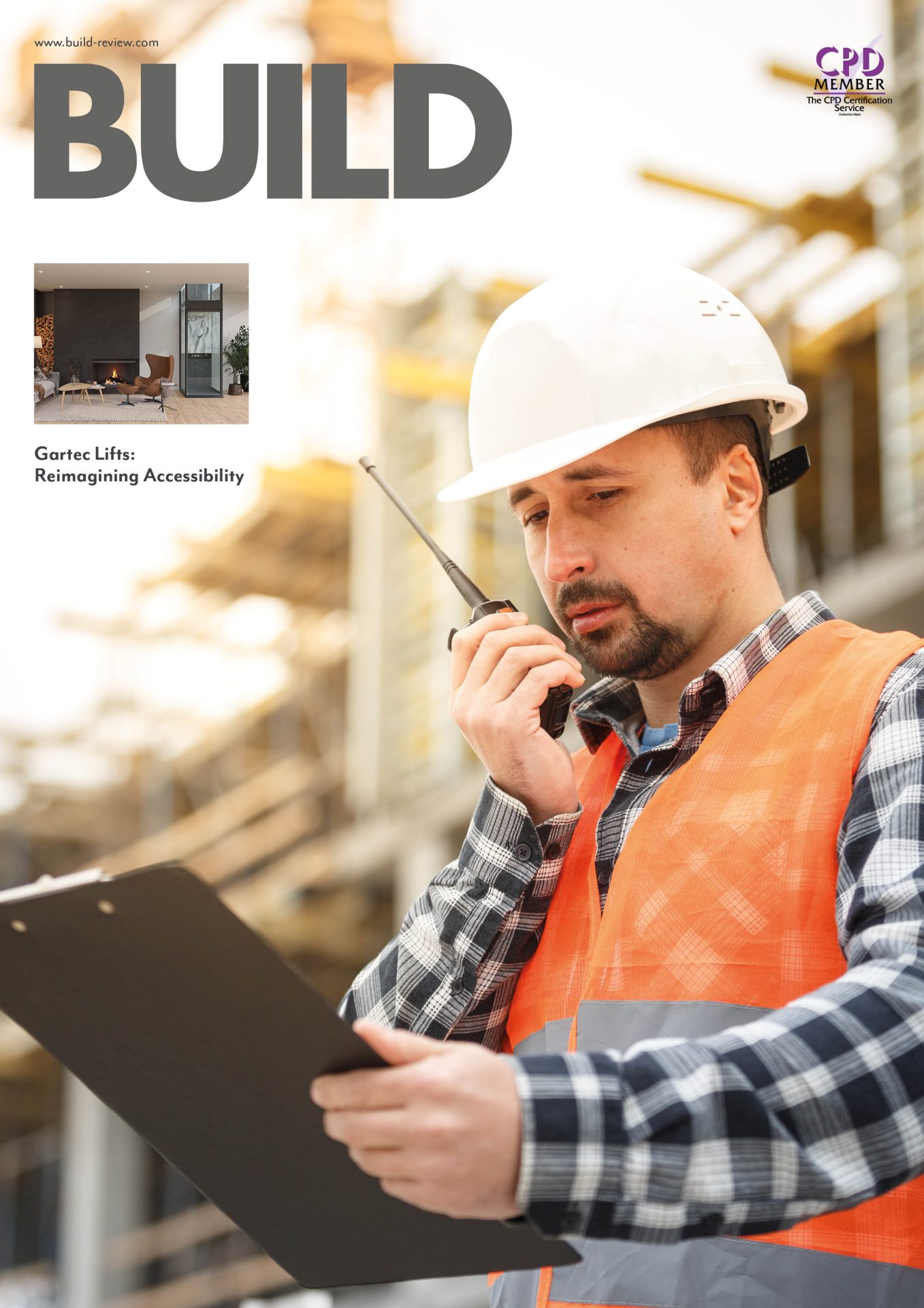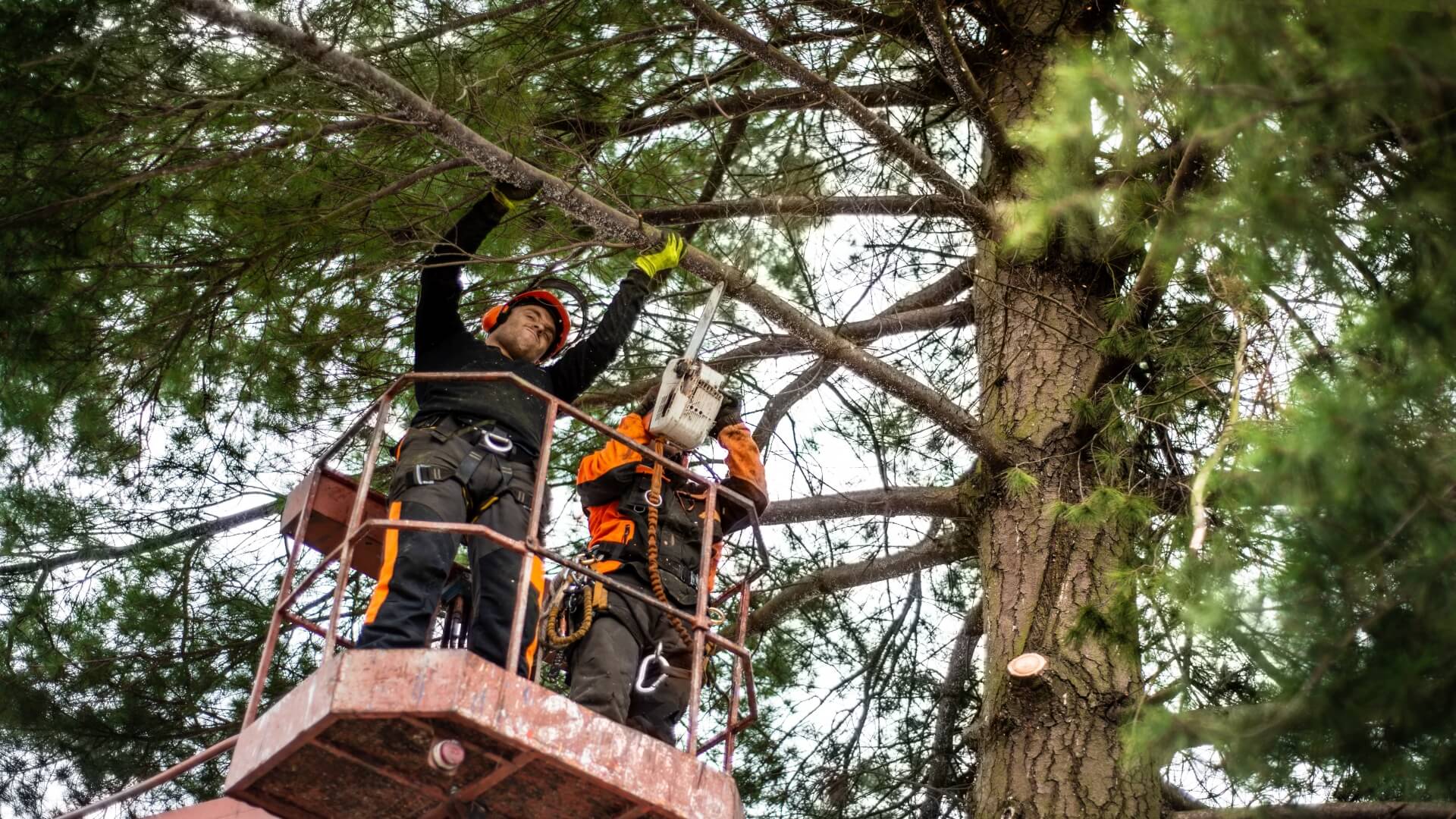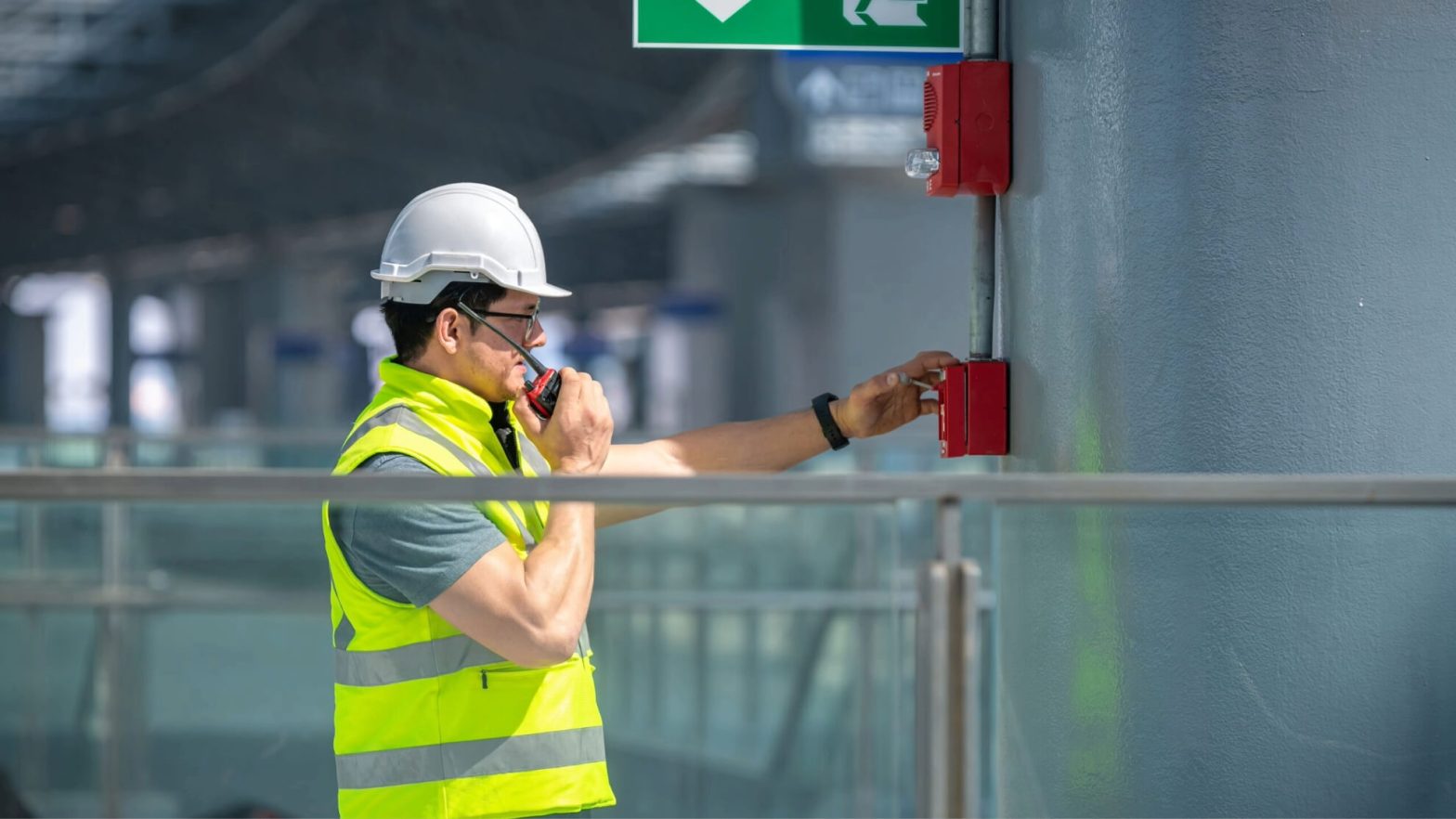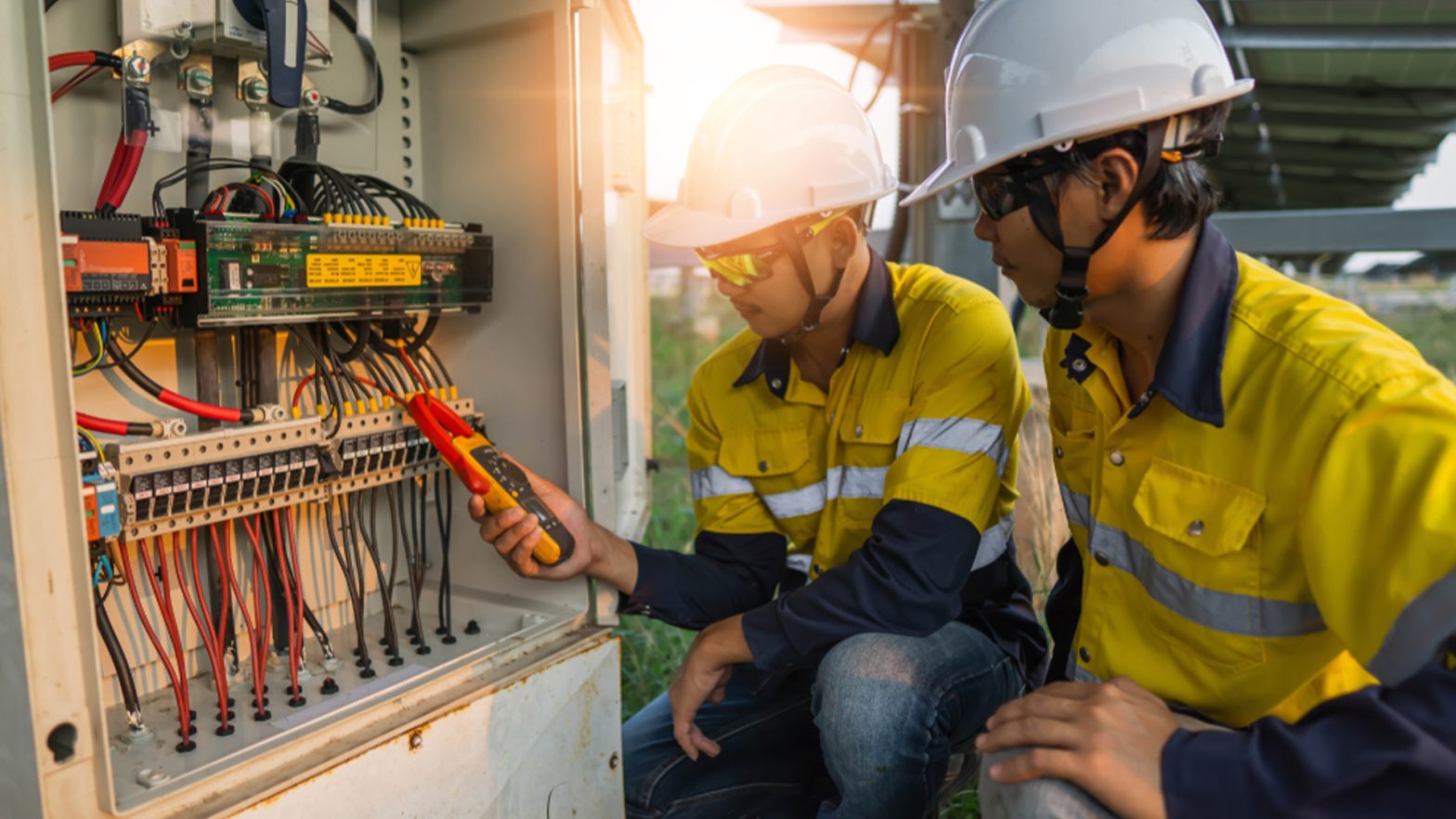Are there trees on your property? Trees are a great investment and can enhance the curb appeal of your home and impress your potential buyers. They also act as a green privacy screen to ward off prying eyes if you live in a residential area where houses are close together. Greenery helps improve the overall atmosphere of your property.
The trees on your property require maintenance and care. Regular pruning and tree care can be dangerous work that shouldn’t be done yourself. Hiring a professional, such as a trained arborist, can help you address any emergencies and problems that may arise. You may also encounter dead or decaying trees on your property, which can cause obstructions and safety hazards. Arborists are equipped to deal with such scenarios.
Given these, here are the top three reasons to hire an arborist:
1. Emergency Tree Care
During storms, the tree may break, or its limbs might fall on other trees, cars, or properties. These damaged trees can be quite heavy and pose a threat to you if you’re trying to remove or trim them without professional experience. An arborist with tree climbing gear can do this task safely while limiting further chances of damage to your property or others.
Likewise, the arborist will know if an emergency tree removal needs to be done. Some signs that call for this are:
- Storm Hit: Removing a potentially risky tree before a storm can help prevent issues along the way. But sometimes, storms can damage trees that weren’t tagged as risky. This situation calls for an arborist who’ll professionally remove the tree.
- Abnormal Leaning Of Tree: Some trees slowly grow at an angle as time passes, and it’s a typical occurrence that’s nothing to worry about. Yet, if you see that the tree is leaning, especially over a property or pathway, an arborist can conduct a tree assessment. Depending on the angle, an abnormal lean can signify that the tree is about to fall and must be removed.
- Sick or Dying Tree: Sometimes, pests, viruses, and fungi end up in a tree and gradually kill it internally over time. Some signs of a diseased tree are a peeling bark, powdery white mildew, and seeping fluid, among others.
Overall, if you have experience with tree removal, you can do it yourself. Ensure you have the right equipment and protective gear, such as chainsaw chaps. Yet, hiring a professional is more suitable if you think you can’t do it alone.
2. Professional Advice for Properties and Construction
A professional offering advice on trees, tree management, and property construction around trees is called a consulting arborist. The ideal consulting arborist must be capable of guiding your decisions related to your tree by offering more than one alternative solution. They shouldn’t limit your choices to just removing or retaining your tree. The reason is that tree and urban forest management has progressed over the past few years. In many situations, it’s viable to end in a win-win solution where your aims can be attained while preserving the tree and its benefits.
Likewise, here are some cases that call for a consulting arborist:
- Reports to adhere to the Council’s development and planning regulations—such as assessing the probable impact on trees from site activities
- Written specifications for pruning trees that are close to buildings to be built
- Detailed recommendations to make the health and status of trees surrounding your property more ideal
Consulting arborists can work closely with your team to ensure the best possible outcome for your property and the trees on it or those that are yet to be planted.
3. Plant Health Care
The usual reason why a tree owner contacts an arborist is when they think that their tree has an issue. It might be that a branch has died, or some tree leaves get brown or are dying. Yet, it’s typical for arborists to visit the tree owner’s location, check the whole place, and notice if plant health care activities are also needed.
Plant Health Care (PHC) is where an arborist tries to keep or enhance the landscape’s appearance, vitality, and—in terms of the tree—its safety. They do so through the most cost-efficient and environmentally-friendly practices and treatments.
Some ways in which an arborist conducts PHC are:
- Detecting invasive plants and advising an eradication program
- Spotting problems with disease and insects
- Recommending suitable plants and shrubs to cultivate
Staying ahead of possible infestations and diseases will save you a great deal of money in the long run. Arborists help provide preventive care, aside from the regular maintenance of your greenery.
Final Thoughts
Trees help improve your privacy’s curb appeal, provide extra privacy, and boost your environment. Because of this, it’s great to call an arborist for proper tree care. Likewise, other reasons for calling an arborist are in this article. You can contact your nearest arborist service immediately if you think you need them.
